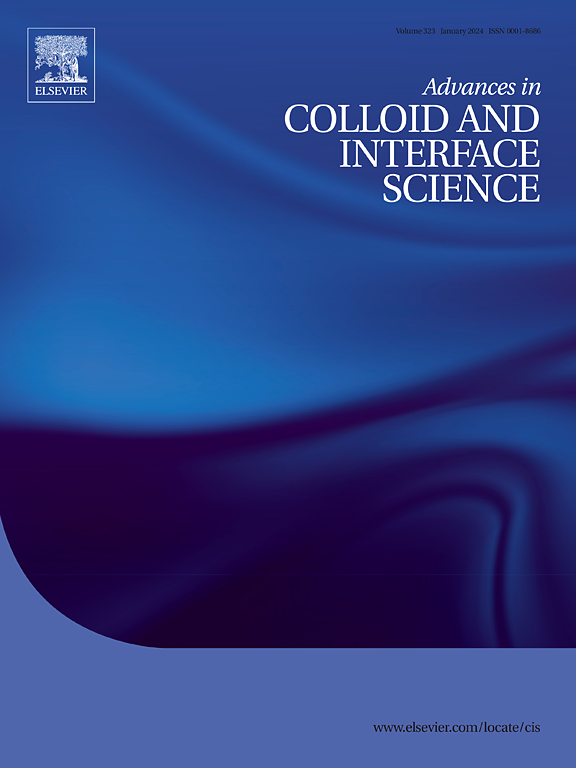生物活动中的局部组装:生命的起源和纳米建筑学的未来
IF 15.9
1区 化学
Q1 CHEMISTRY, PHYSICAL
引用次数: 0
摘要
纳米建筑学的概念已经成为功能材料发展领域的后纳米技术范式。这一概念需要基于纳米技术获得的知识,在纳米尺度上构建功能材料系统。在生物系统中,先进的纳米结构是通过由空间定位控制的精确结构组织实现的,这是一个由局部组装机制促进的过程。对局部组装原理的透彻理解对于创建结构和功能与生物体相似的复杂、不对称、分层组织至关重要。本文探讨了局部组装的概念,强调了其生物学启示,提供了代表性的例子,并讨论了其对纳米建筑学的贡献。关键的例子包括使用生物材料的组装,那些模仿细胞功能的组装,以及那些发生在细胞内的组装。此外,强调了界面相互作用和液-液相分离在局部组装中的作用。特别地,液-液相分离的利用显示了在没有可识别膜的情况下形成复杂的区隔结构的显着能力,为多功能,局域化系统铺平了道路。这些局部组装是基本生物学功能的基础,并为细胞和生命起源的分子机制提供了有价值的见解。这种理解对于推进材料纳米结构学,特别是在生物医学应用方面具有重要的前景。本文章由计算机程序翻译,如有差异,请以英文原文为准。

Localized assembly in biological activity: Origin of life and future of nanoarchitectonics
The concept of nanoarchitectonics has emerged as a post-nanotechnology paradigm in the field of functional materials development. This concept entails the construction of functional material systems at the nanoscale, based on the knowledge acquired from nanotechnology. In biological systems, advanced nanoarchitectonics is achieved through precise structural organization governed by spatial localization, a process facilitated by localized assembly mechanisms. A thorough understanding of the principles of localized assembly is crucial for the creation of complex, asymmetric, hierarchical organizations that are similar in structure and function to living organisms. This review explores the concept of localized assembly, highlighting its biological inspiration, providing representative examples, and discussing its contributions to nanoarchitectonics. Key examples include assemblies using biological materials, those mimicking cellular functions, and those occurring within cells. Additionally, the role of interfacial interactions and liquid-liquid phase separation in localized assembly is emphasized. Particularly, the utilization of liquid-liquid phase separation demonstrates a remarkable capacity for forming intricate compartmentalized structures without discernible membranes, paving the way for multifunctional, localized systems. These localized assemblies are fundamental to essential biological functions and provide valuable insights into the molecular mechanisms underlying the origin of cells and life. Such understanding holds significant promise for advancing materials nanoarchitectonics, particularly in biomedical applications.
求助全文
通过发布文献求助,成功后即可免费获取论文全文。
去求助
来源期刊
CiteScore
28.50
自引率
2.60%
发文量
175
审稿时长
31 days
期刊介绍:
"Advances in Colloid and Interface Science" is an international journal that focuses on experimental and theoretical developments in interfacial and colloidal phenomena. The journal covers a wide range of disciplines including biology, chemistry, physics, and technology.
The journal accepts review articles on any topic within the scope of colloid and interface science. These articles should provide an in-depth analysis of the subject matter, offering a critical review of the current state of the field. The author's informed opinion on the topic should also be included. The manuscript should compare and contrast ideas found in the reviewed literature and address the limitations of these ideas.
Typically, the articles published in this journal are written by recognized experts in the field.

 求助内容:
求助内容: 应助结果提醒方式:
应助结果提醒方式:


